The John Blanke Project at Hammersmith and Fulham Culture and Black History 365 Network Meeting10/25/2022 Had a brilliant afternoon at Hammersmith and Fulham Council’s HQ - invitation to meet in person in the H&F Experience, Culture and Black History 365 Network. I’ve been presenting my Image of the Black talks to them online for the past two years, this was the first time I’d met them in person.
My talks were always well received. I had the greatest compliment I could ever have following one of my talks to them. In the chat field someone wrote "You make me stand taller Michael and I thank you for this and will savour this feeling" even now as I write this I remain humble and happy as there can be no greater compliment to any speaker than to make folk feel differently – connecting not just intellectually but emotionally. So, I always enjoying presenting to them they are always so receptive. To meet them in person was just as rewarding, if not even more so as they were all so enthusiastic about the things I care about, it became a ‘love-in’ for Black British History as we shared thoughts and ideas. In fact, it was the first time they as a group itself had met physically for almost three years so the atmosphere was very much like a reunion. They and executives from H&F council and management made me very welcome. It was great to share the John Blanke Project as well as selling some John Blanke Project merchandise. I was not the only presenter invited to the event Mervyn Wier was there with his book I Can’t Breath, as was Avril Nanton, with her book – Black London: History, Art & Culture in Over. 120 Places and Paul Wilson author of Rocking the Boat, while singer Tiwa King guitarist Charles Shittu provided the musical backdrop to the event. Michael Ohajuru October 2022
0 Comments
The Trumpet & The King - Prototype Performances 17-19 June 2022, Vault Theatre, East Belfast6/27/2022 John Blanke and Henry VIII are granted a chance to review their relationship and make their case to us, the audience, for how they wish to be remembered. I was delighted to be invited to the Vault Theatre East Belfast to see Terra Nova Productions ‘prototype’ – more on that later - performance of The Trumpet & The King written and directed by Andrea Montgomery the Company’s Artistic Director. The production creates its narrative landscape in a novel way, one in which an imagined relationship between John Blanke and Henry VIII moves freely from being equals at one moment to servant and king in another as they exchange memories from the years 1492 to 1511. This is an intercultural play in which John and Henry have the opportunity to reflect on how their very different origins and status helped create the men they were – John born into Islamic Spain to be converted to Christianity, Henry the king’s second son finds himself marrying his dead elder brother’s wife and becoming king. Each reveal how they want to be remembered to the other and to the audience. They delve back into their memories as they meet and embody a range of characters who were important to them including Henry VII, Katherine of Aragon and Wat Chandler – the jealous English trumpeter. Henry is played by Sam Claridge; Sam plays the part very sympathetically moving effortlessly from the hurt, vulnerable teenager to the powerful man. John Blanke is played by Corey Mantague-Sholay; Corey brings an engaging wit and charm to the role creating a very likeable, intelligent sensitive character born in Islamic Spain coming to terms with life Christian England. The production’s lighting and music function like a narrator helping the audience re-imagine characters as well as scenes from the Spanish and the English courts. Terra Nova has an intercultural mission. The Trumpet & The King, through the many twists and turns of its story, examines many of the contested cultural interfaces that exist today - Islam and Christianity, black and white ethnicity, immigrant and indigenous identity – in doing so perhaps helping us better understand and relate to one another. I enjoyed they play for two reasons. First it was good play, well dramatised and acted; as was said by Glen McGivern on Twitter there was the right ‘mix of lightness and intensity’. Second, I believe it exemplified the John Blanke Project’s strapline – Imagine the Black Tudor trumpeter. This strapline was made manifest as The Trumpet & The Kingimagined how John and Henry might have related to each other. This is exactly what the Project is all about: what the poet John Agard called ‘filling in the blanks’, from the little we know from the court record, to help give a better understanding of John and his relationship to Henry. I was particularly pleased to see John and Henry making music together as one of my imaginings is the two jamming together, albeit with John, the professional musician, obliged by circumstance to deferentially allow his amateur musician king to take centre stage. The play hinted at the challenge of this for an artist. The Trumpet & The King was a very different play from the other John Blanke play I’ve seen – Ade Solanke’s The Court Must Have a Queen directed by Sam Curtis Lindsay in the Great Hall at Hampton Court , which I reviewed here. The Trumpet & The King centred on character development while the other was all about the plot, that difference was reflected in the staging. Because of its prototype status, The Trumpet & The King was modest, with few props and a cast of two, test performed in an unheated temporarily occupied building, in inner East Belfast. But this allowed us to focus on the characters as they revealed their personalities and relationship, while The Court Must Have a Queen was lavish – a costume drama - set in the wonderful Great Hall of Hampton Court with a much larger cast with a plot that was followed via the characters and their interactions. Andrea Montgomery tells me that this prototyping is: ‘an essential part of making professional theatre truly intercultural, of power-sharing to engage her community in every step of the creative journey.’ The community have been involved since before the creation of the first draft of the piece, exploring themes and suggesting themes. Andrea invites community and audience participation in those developments thru workshops, readings and after show Q&As, several of which I was invited to take part in. I would argue in its current form, the script is complete, as it allows us to see John and Henry as distinct personalities and how their relationship develops over time. She says that piece will improve from the feedback: that prototyping allows the testing of set, light and sound as well as dialogue, but it seems to me that the process of open discussion is as important to her as the effect. I am enthusiastic about this version; I look forward with even more enthusiasm to see The Trumpet & The King’s ‘premier’ version which is promised for March 2023. I want to thank Andrea, Remi and Clinton as well as Sam & Corey for making my visit to Belfast and seeing the play such a memorable and brilliant experience. Down Load The Trumpet & The King Guide....
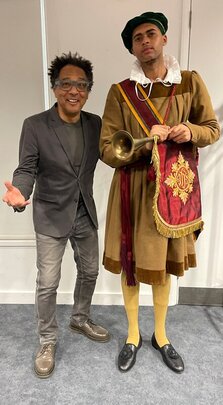 Had an excellent John Blanke Live! at the Caribbean Social Forum Takeover of National Maritime Museum Greenwich yesterday 9th April. The Takeover was to celebrate black history and culture in Britain with the Caribbean Social Forum , they took over the museum for the whole day. The turnout was extraordinary - the Museum was packed , perhaps 1,000 maybe more, you can have some sense of the crowd size from the video below , it was multi generational - mum dad the kids with grandma and grandad with a few great grand mas and dads - creating a wonderful happy atmosphere thru out the entire day. There were talks I did one on John Blanke and The John Blanke Project , with performances: John Blanke played by Ricardo P. Lloyd and other historical Black characters (see below) answered questions on their character's part in Black British history. John Blanke was part of Walking Images : Character Encounters across the Museum bringing Black British history to life. John Blanke Meets His Public at the Takeover Walking Images : Character Encounters Visited the Plaque Over the Road At Trinity Leban
The Tudors: Power, Passion and Politics edited by Charlotte Bolland is the introductory text to a two venue National Portrait Gallery Tudor exhibition - one in The Holborn Museum, Bath, the other at The Walker Art Gallery , Liverpool - while the National Portrait Gallery is closed for refurbishment. Physically it is a compact book with clear readable text with chapters on various aspects of the Tudor court its times and its influences for example: The King’s Court - considers the power structure of Henry VIII’s court, Queenship – looks at the challenges Mary and Elizabeth had to become and remain as Queen, Empire – traces the start of England’s empire with Ireland as Henry VIII took control over it. Each chapter ends with a commentary piece on a specific aspect of the chapter. The King’s Court ends with a piece from Kate Donoghue on Walter Hungerford and the 1533 Buggery Act describing how the Act was used to bring down the authority of the Catholic Church. The John Blanke Project is the commentary piece to the chapter – A New Dynasty – which discusses Henry VIII need to integrate his ‘fledgling dynasty into the networks of European monarchies’, demonstrated by the ‘extravagant enactment of his chivalric prowess’ as depicted on The Great Tournament Roll of Westminster. The piece on the Project considers Insights into John Blanke’s Image from the John Blanke Project there are four insights discussed: A Remarkable Portrait, Accepting Difference, John Blanke’s Namesakes and Black British History and John Blanke, supported by presence of Stephen B. Whatley’s drawing Tribute to John Blanke.
The Tudors: Power, Passion and Politics is very readable, accessible book and what makes it particularity approachable is its use of images – portraits, maps and diagrams – the book is packed with images almost every other page has an image. There are many of the well known portraits for which the Tudors are renowned but there many others not so well known personalities such as the pirate Henry Strangeways. A very useful introductory text into the Tudors and their times.
ITV London 6pm News 14th Jan 2022 14th Jan 2022 what an emotional day for me – the unveiling of a Blue Plaque at Trinity Laban Conservatoire in Greenwich Naval College, the site of the Palace of Placentia, or 'pleasant place', one Henry VIII’s favourite palaces. It was three years ago when Nubian Jak first approached me with the idea of have a Nubian Jaq Community Trust Blue Plaque erected for John Blanke. This was not an easy thing to do as the surviving buildings from Tudor times that John Blanke could be associated with are all listed buildings with tight restrictions on what could ,and could not be attached to them. After three years searching and discussions, we finally reached agreement with English Heritage and Trinity Laban Conservatoire. The site at Greenwich is very fitting place to remember John Blanke as Henry VIII had a great tilt yard (a courtyard for jousting) made in the grounds of the Palace so that he and his men could practise jousting and hold tournaments. John Blanke would have almost certainly played at those tournaments just as he did at the February 1511 Tournament held at Westminster, where he is shown playing at its opening and closing. There is already a BBC Plaque to John Blanke but that is in the Tudor area of the Naval College Visitor Centre, the Nubian Jak Community Trust is in the music college a most fitting place to commemorate trumpeter. The plaque is located at the foot of the Hawksmoor Staircase. The day was additionally special as it was my first public speaking event due to the pandemic in almost two years. It started with a negative Lateral Flow Test a perquisite to attendance and the need to wear a face mask as required by the event’s organisers – the new normality. I was made very welcome by the staff at Trinity Laban, they made the whole event flow smoothly. It was an honour to present John Blanke and the Project to such an esteemed audience which included senior members of the Trinity Laban staff, local dignitaries and I was especially honoured to see representatives from the College of Arms and The National Archive there, both of these organisations have played a huge part in making my Project happen. The contributions to the Project were represented by Mark ‘Mr T’ Thompson reading his poem John Blanke. Mark 'Mr T' Thompson reading his poem Of course, actually unveiling the Plaque was a great experience but the most moving and memorable part of the day for me was the vicar of St Alfege, the local parish church to the Naval College in Greenwich, the church has a history dating back to 1012. He spoke of the importance of John Blanke to him as he could show to the many Black children who attended his church and its primary school a Black presence in Tudor times. In doing so they could see themselves as being part of British history dating back 500 years, a key objective of the Project as the children will, as the Project’s strapline say ‘Imagine a Black Tudor trumpeter’ I would like to close by thanking Nubian Jak Community Trust, English Heritage and Trinity Laban Conservatoire for making the John Blanke Plaque happen and for allowing me to be part of its unveiling. From left to Right Mark Mr T Thompson (poet) , Michael Ohajuru, Jane Sidell (Historic England) ,David Bahanovich (Assistant Director of Music, Trinity Laban), Robyn Bignall-Donnlley (Trinity Laban Communications Manager), Nubian Jak Michael I. Ohajuru
15th January 2022 When I took over Historic Royal Places - Hampton Court - Twitter account for the day to tell the John Blanke story not everyone was as pleased as I was.... 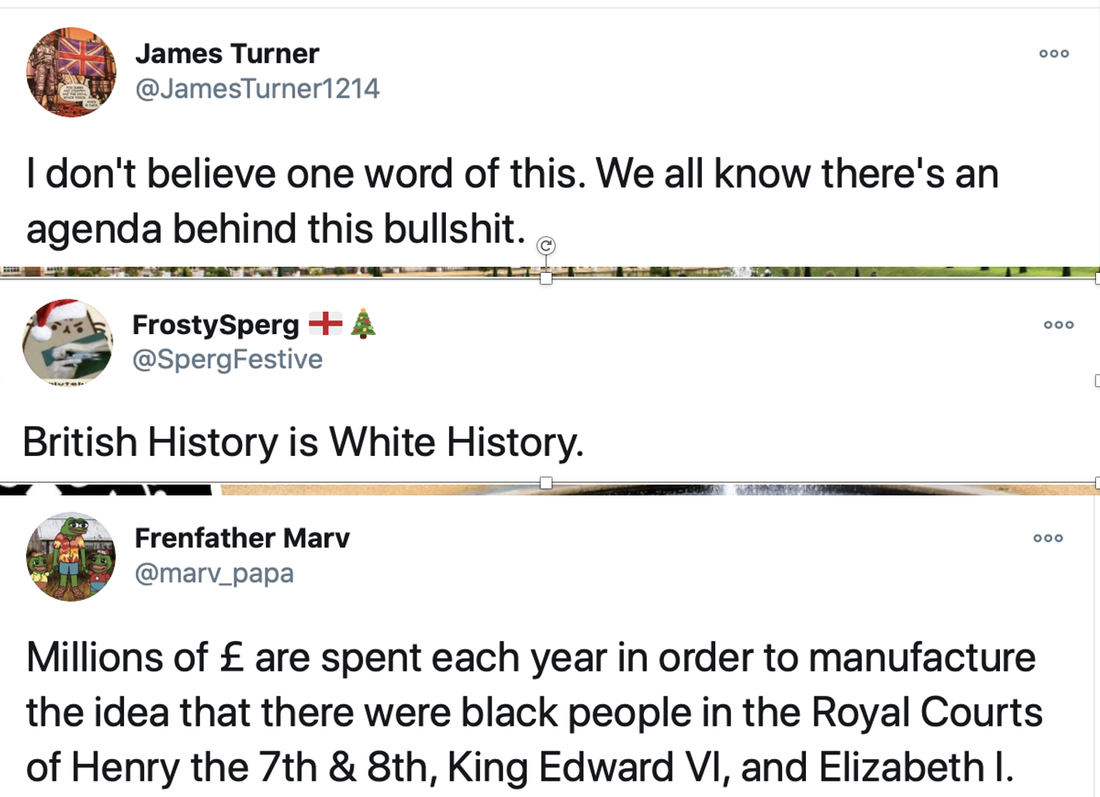 I now find out none of these accounts exist today, they've either been deleted or suspended ...1507 was understood to be the earliest reference to John Blanke in Henry VIII’s court accounts where he is recorded as being paid wages for November that year. I believed an earlier date had been found for him in a record - TNA LC 2/1 126 - of him playing at the funeral of Arthur, Henry VIII’s brother in 1502. So, I believed 1502 replaced 1507 as the earliest reference to John Blanke.
This is wrong as the document - TNA LC 2/1 126 - referred to Henry VII’s funeral in 1509. A description of TNA LC 2/1 28 is a record from Arthur’s funeral in 1502 had been incorrectly associated with TNA LC 2/1 126 a record from Henry VII’s funeral. 1502 is not the earliest date of John Blanke in Tudor court records , the earliest date remains 1507. I was delighted to hold an in person John Blanke Live! Workshop , with my partner the artist Ebun Culwin for the first time in almost two years at Hythe Town Hall, as part of Folkestone’s Black History Month OriginsUntold. However the weather was not the most delightful. It was indeed a very dark and stormy night in Hythe. It had been a real Kent coast stormy day with furious winds driving torrential rain. Our hopes were not high for a great turn out – we were wrong, very wrong! We had a really good turnout of young and old, men and women. I followed the usual workshop five-part format: one - introduce the history behind the project, the Westminster Tournament Roll and John Blanke, two - how the Project was a response to those who couldn’t imagine a Black trumpeter at Henry VIII's court, three - examples of contributions to the Project from historians and artists, four – workshop attendees led by Ebun create their own images from their imagination of John Blanke, five – mini symposium with each attendee discussing how they imagined their John Blanke. You can see their results in the video below: If measured by the comments made while drawing the event went well for example ’this is inspiring’, ‘well worth coming out in spite of the horrible weather’ (a numb er of people said that) , ‘loved having someone help’, ‘I’m loving this’ , ‘this is brilliant’ , ‘fantastic to know about John Blanke, I had no idea’, ‘it’s great being with these other people drawing John Blanke’, ‘what a lovely atmosphere here’, ‘I love the idea of my uncle being John Blanke’, ‘it’s nice to draw with chalk’, ‘I’m impressed with myself.’ I have to single out a lovely little girl who came with her dad, not only did both of them make contributions to the symposium, they left and later returned with another version of John Blanke – a cloth manikin - what the little girl called her ‘model of John Blanke’, couldn’t help but admire her creative John Blanke turban and trumpet! A very pleasant end to a very enjoyable workshop!
The works will be on display in the Hythe Town Hall till the end of the month. At last the Old Royal Navel College, Greenwich has found a fit and proper home for the BBC's plaque from David Olusagda 2016 BBC 2 documentary Black British History A Forgotten Story. Previously it had been lost, stuck high up on the wall of the visitor center reception. I've written about how inappropriate that site was. Now the plaque's been moved to a more appropriate site. The Navel College announced this move in a celebratory tweet. I had the chance to see the plaque in its new location for myself yesterday It is indeed as the College said in its tweet it has 'given [the plaque] pride of place' as it sits among other Tudor articles, objects and artefacts from the Tudor history of the Navel College including objects found whilst the site being excavated - the College sits on the site of one of Henry VIII's favourite palaces - The Palace of Placentia at Greenwich. |
|||||||||||
| The John Blanke Project | JBP Blog |
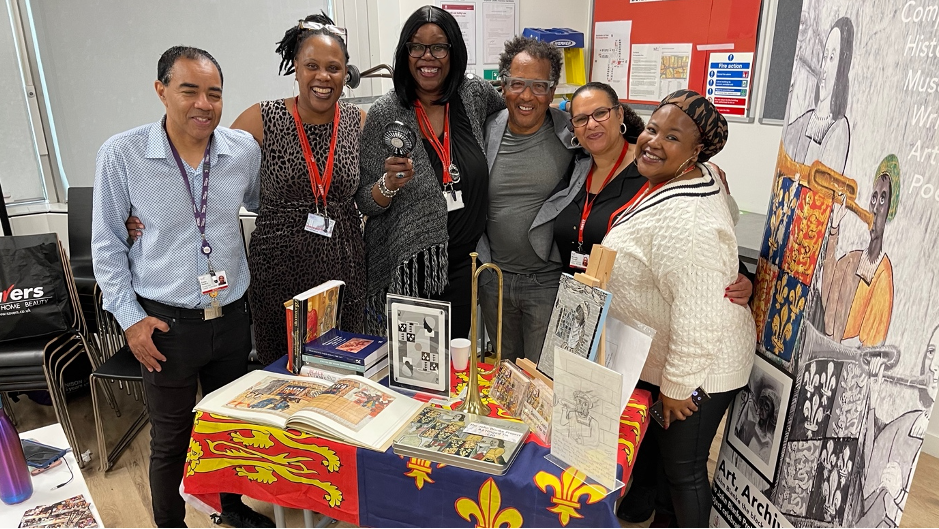
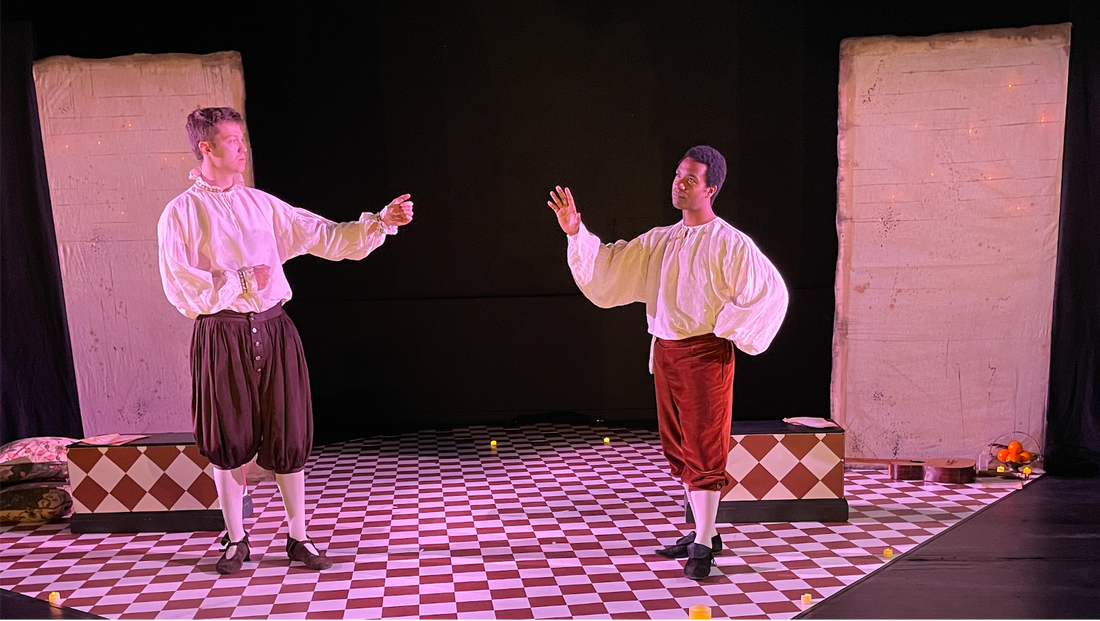
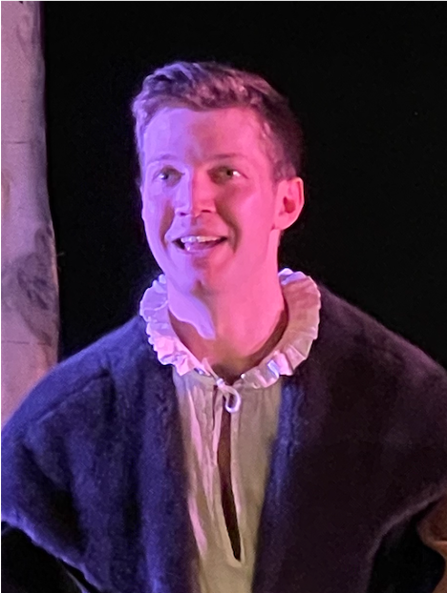
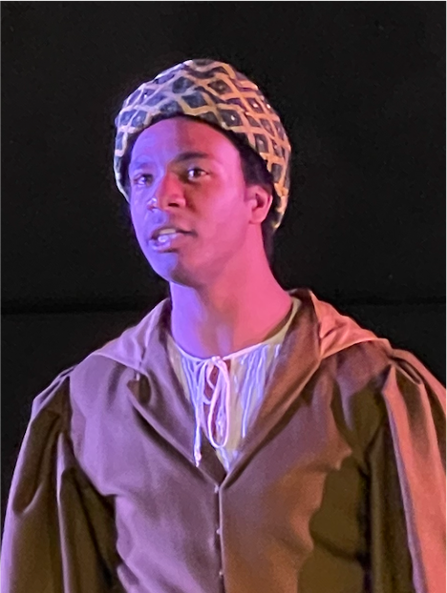
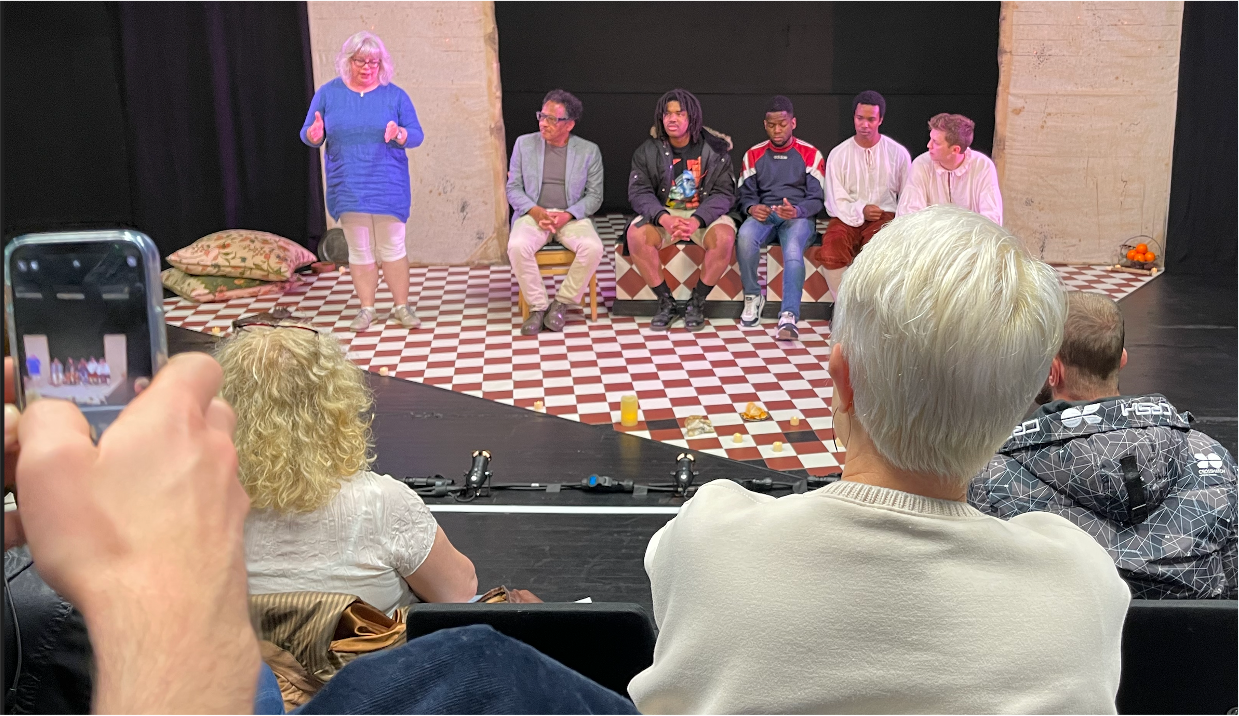

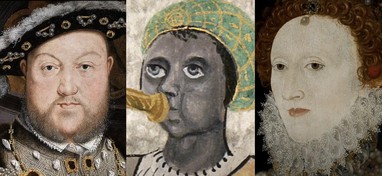
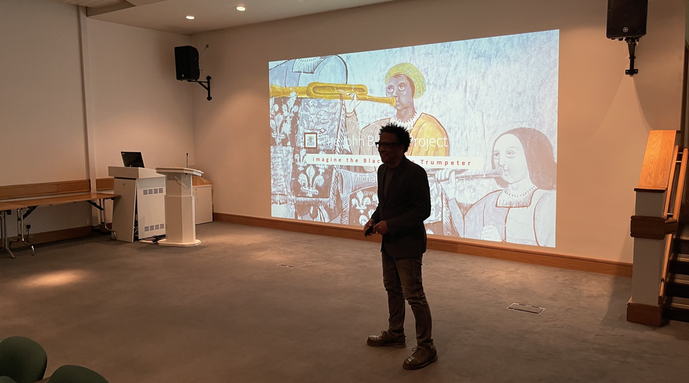
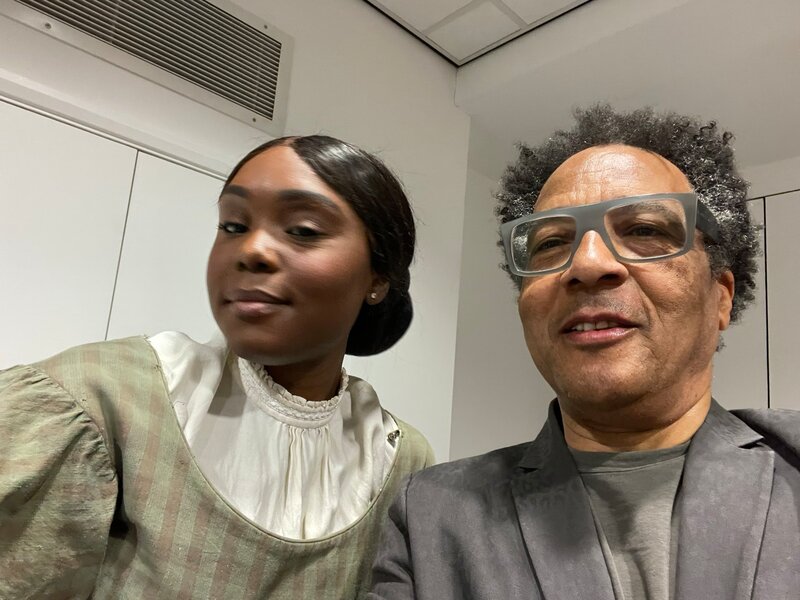
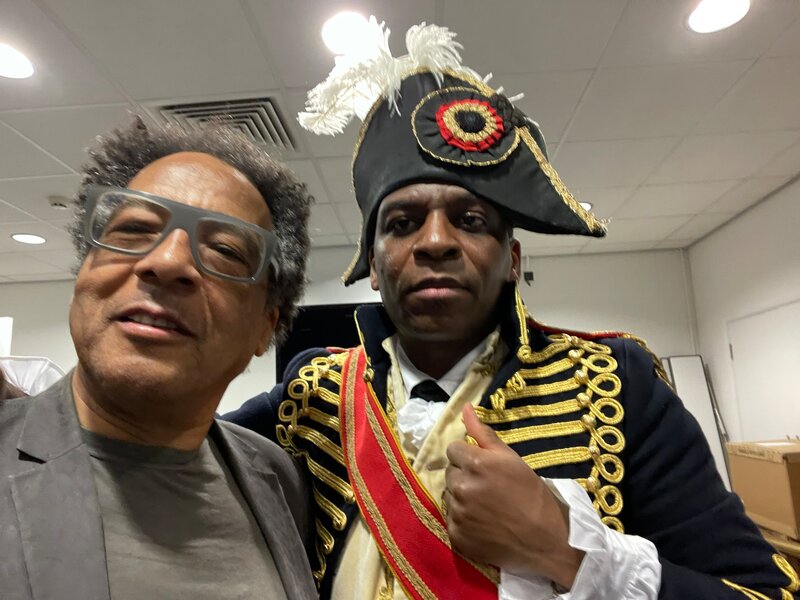
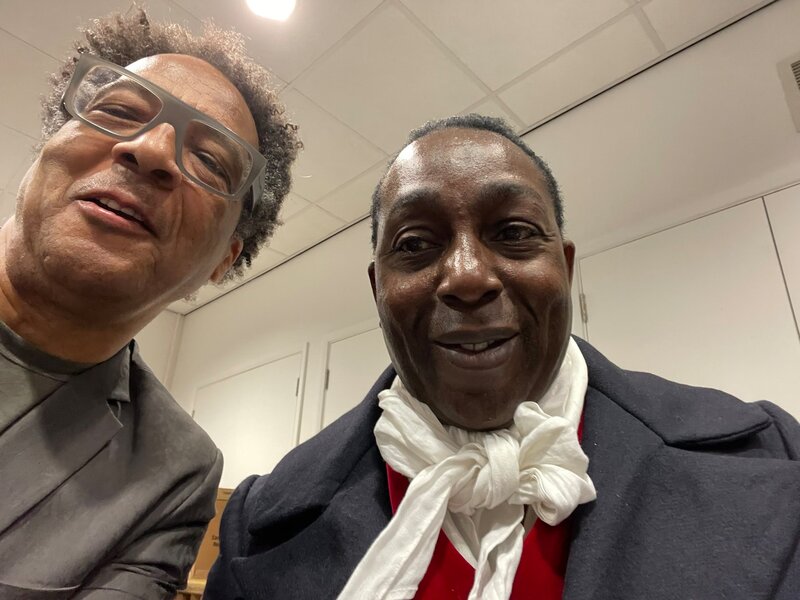
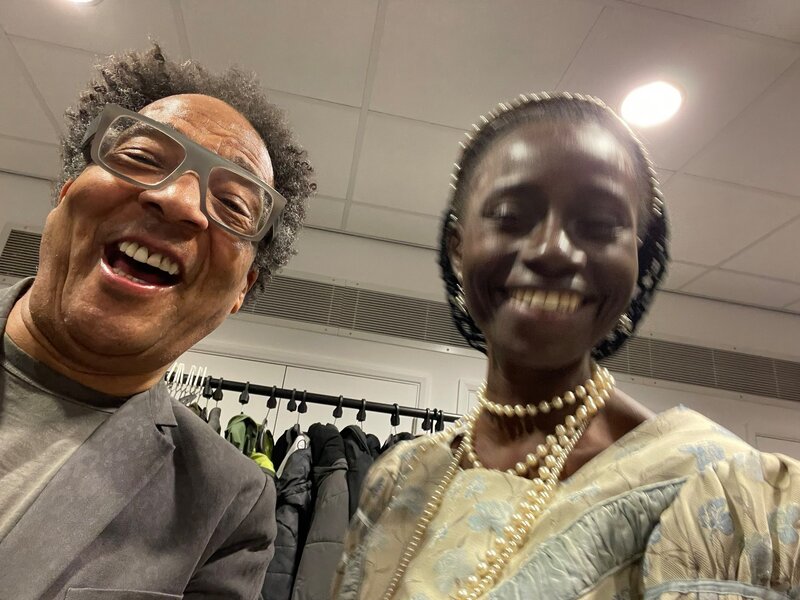
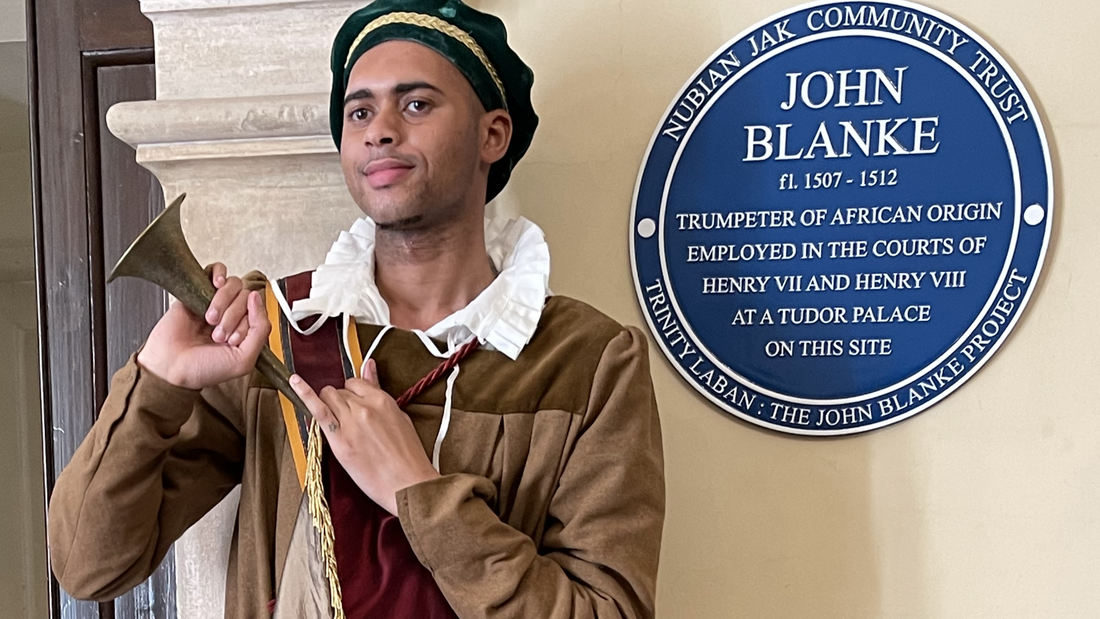
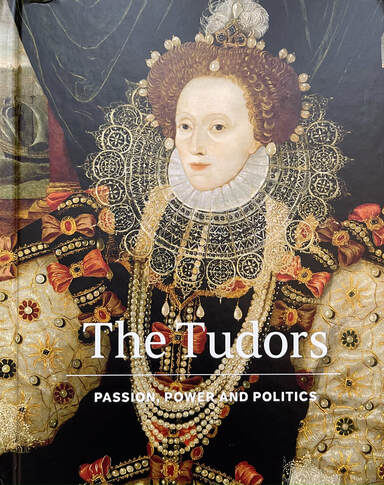
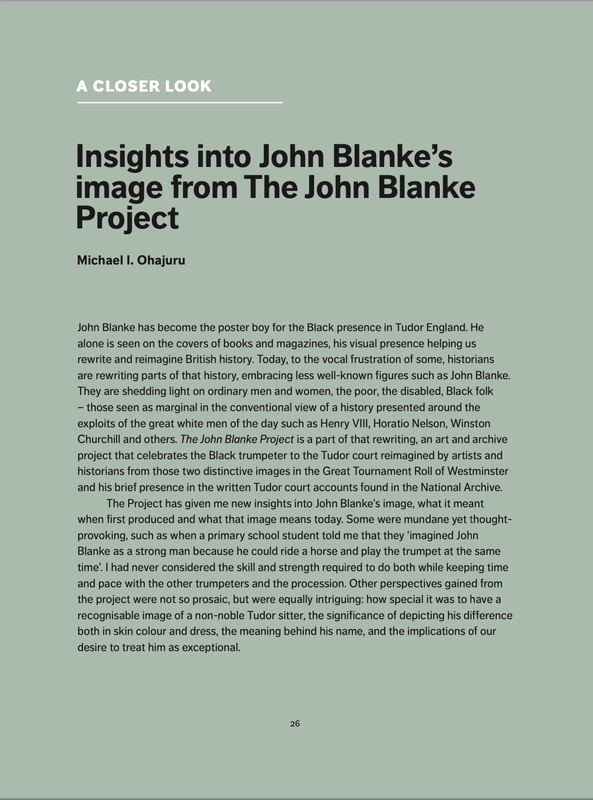
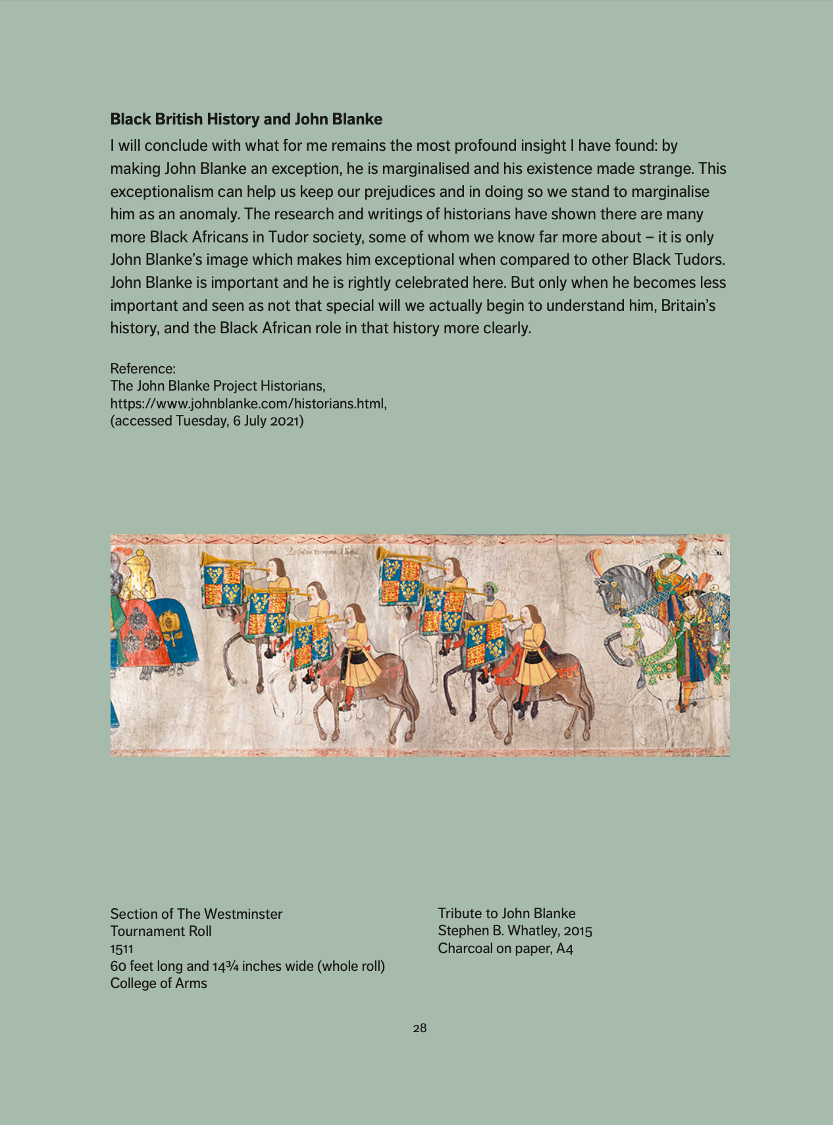
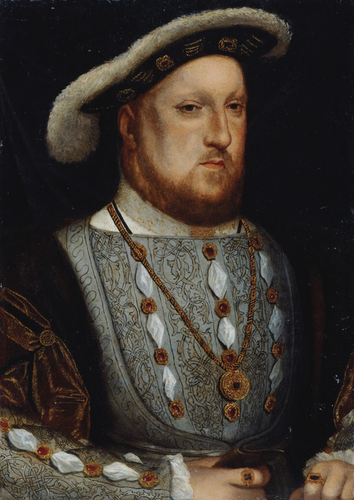
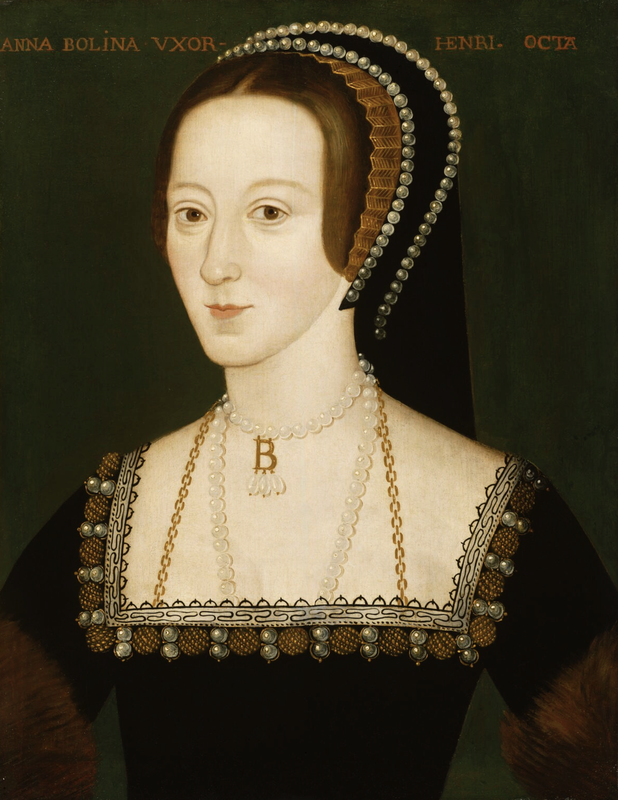
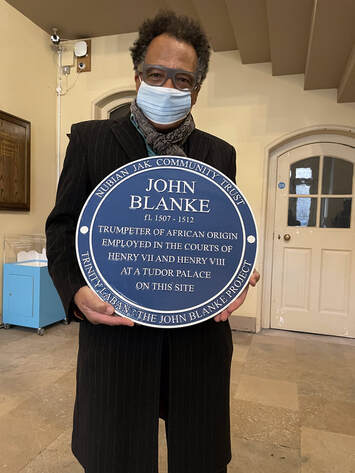
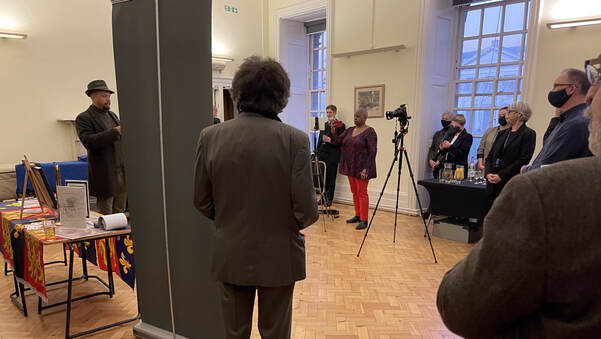
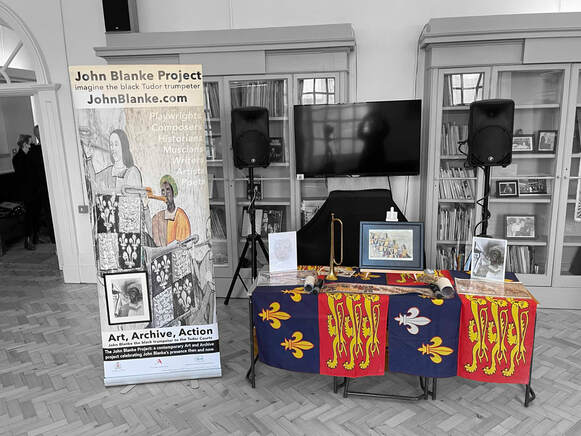
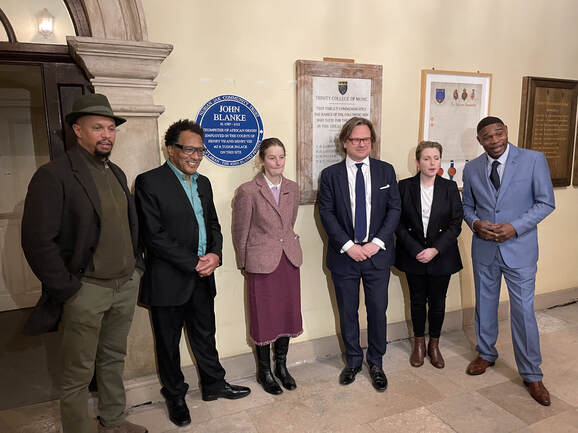


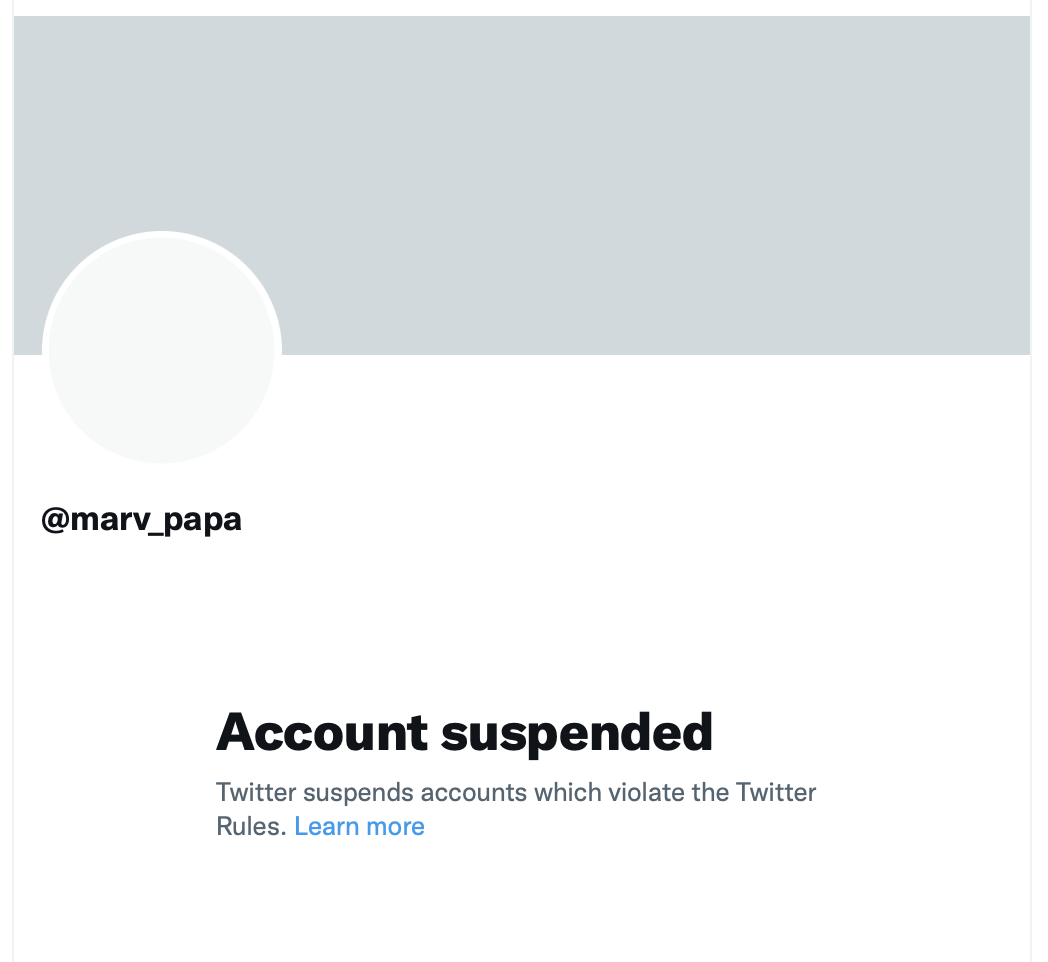
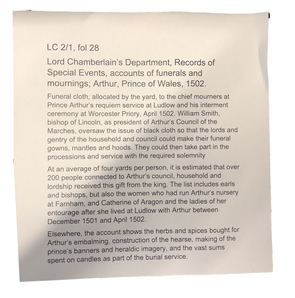
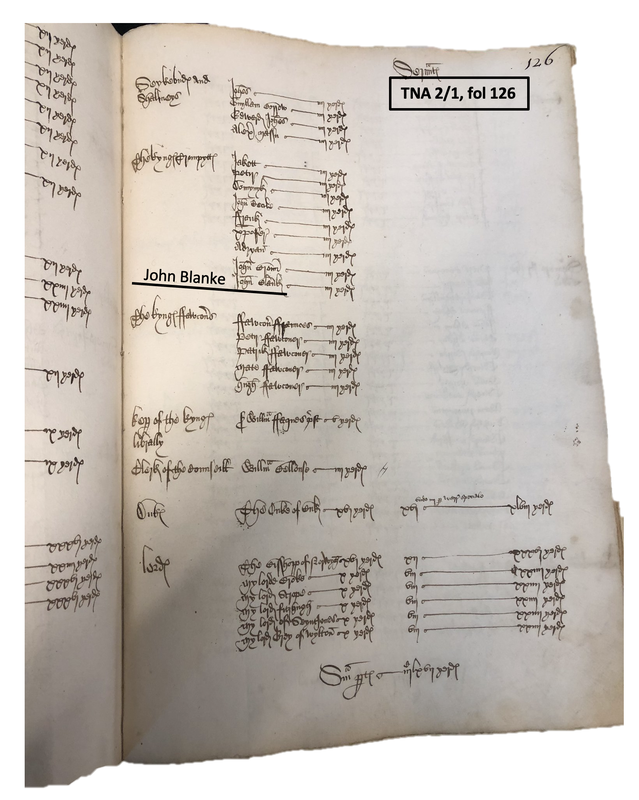
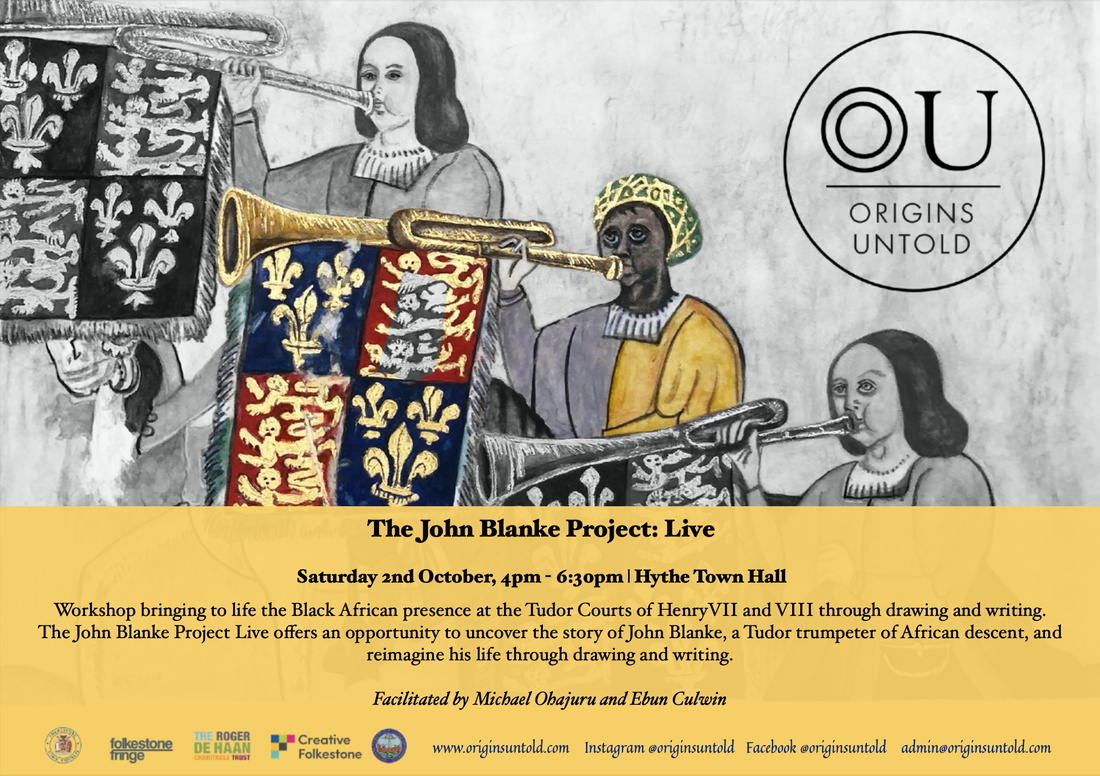
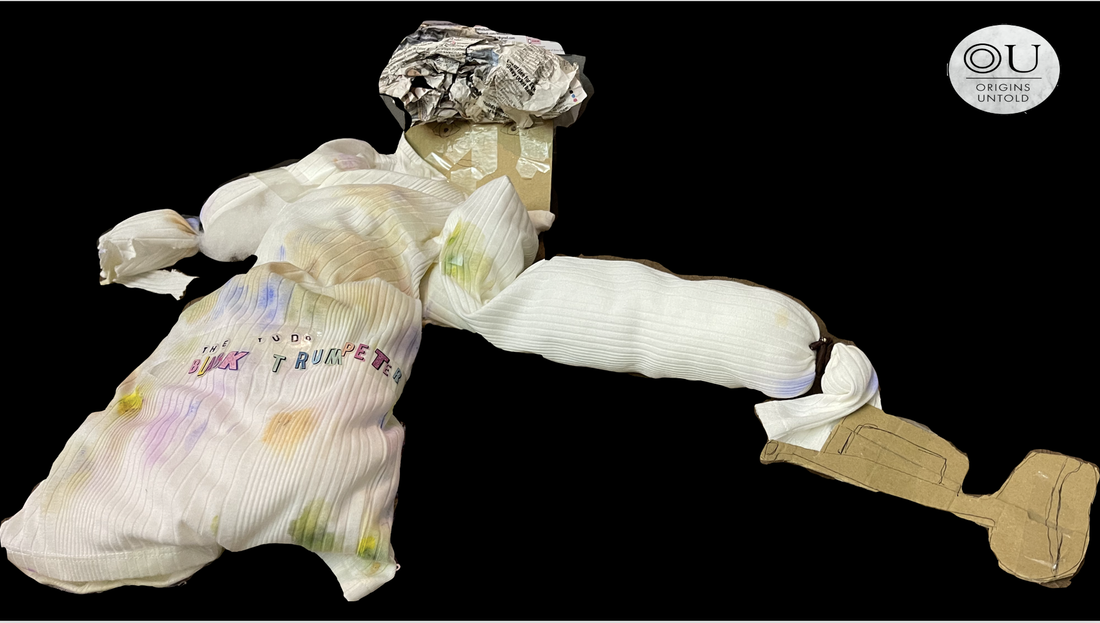
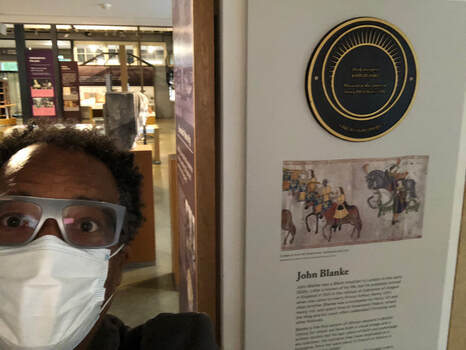
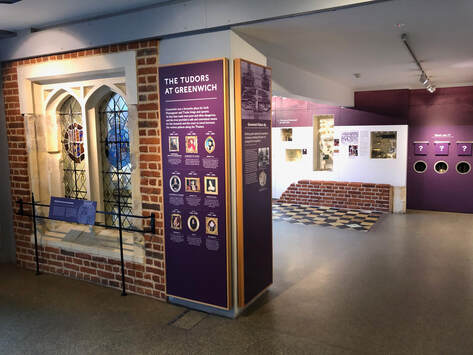


 RSS Feed
RSS Feed